What’s Happening With Trump Tariffs? Letters, New Threats, Rates
Donald Trump continues to use tariffs as a central tool of his trade policy. Here’s where his tariffs stand now.
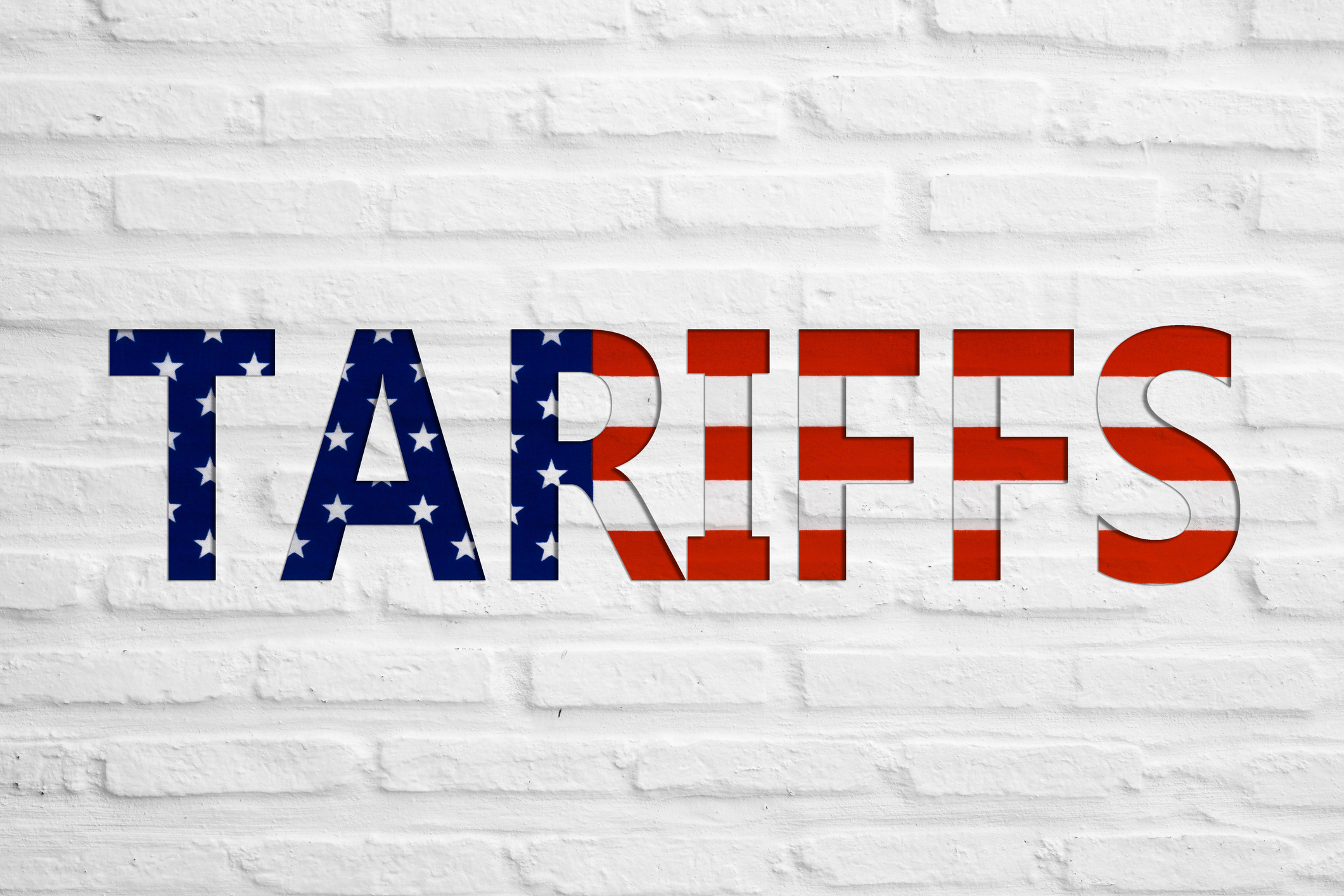

You've probably noticed that tariffs remain a core part of President Donald Trump's economic strategy with new announcements and revisions occuring frequently.
He argues that these taxes on imported goods and services are crucial for reducing the United States' trade deficit and enhancing U.S. manufacturing.
- Since early April, Trump has implemented or threatened sweeping tariffs on nearly all products from almost all countries. However, most were paused for 90 days on April 8, except for tariffs involving China.
- Trump's team has since repeatedly adjusted deadlines and targets, with the most recent extension pushing the effective date of many tariffs to August 1, 2025.
- New letters were reportedly sent to foreign governments specifying tariff rates, which now reportedly range from 10% to 50% depending upon the country and product.
- Trump just announced 30% tariffs on the EU and Mexico set to take effect August 1.
Meanwhile, many economists, former allies, and even some in his own party argue that Trump’s tariff policies will harm the U.S. economy by increasing costs for businesses and consumers, exacerbating inflation, and potentially slowing economic growth.

Sign up for Kiplinger’s Free E-Newsletters
Profit and prosper with the best of expert advice on investing, taxes, retirement, personal finance and more - straight to your e-mail.
Profit and prosper with the best of expert advice - straight to your e-mail.
In a CBS interview, investor and philanthropist Warren Buffett described tariffs as "an act of war, to some degree."
Trump's former Vice President, Mike Pence, posted on X (formerly Twitter), describing the tariffs as "the largest peacetime tax hike in U.S. history."
Legal challenges have added to the volatility. Two federal courts recently blocked some of Trump's tariffs. But a federal appeals court issued a stay, so many tariffs remain in effect. The Federal Circuit is set to hold oral argument on July 31, 2025.
It can be a lot to keep track of, to say the least.
So, here is more information about the various Trump tariffs, starting with the latest levies and news.
Overview
When do Trump's tariffs start?
In recent months, Trump has threatened, implemented, or paused broad tariffs on various goods, including steel, aluminum, cars, and more.
Initially, the measures targeted countries like China and trading partner allies, including Canada and Mexico. However, Trump's most recent tariffs could ultimately impact nearly all countries.
Additionally, the inconsistent and historic nature of these tariff decisions has unsettled markets and caused confusion.
For example, on April 3, the U.S. stock market experienced its worst single-day decline since the pandemic during a sell-off following President Trump's tariff announcement.
Since then, Wall Street began using the term "TACO trade" (Trump Always Chickens Out) to describe the on-and-off-again tariff impacts on the market.
Update: Trump has recently informed reporters that the tariffs, expected to take effect on July 9 are extended until August 1 and that 30% tariffs will be imposed on the EU and Mexico as of that date.
Tariff Timeline
Here’s where things stand so far with Trump’s tariffs. (More detailed information on each is provided below.)
- July 12, 2025: Trump announces 30% tariffs to be imposed on the EU and Mexico as of August 1.
- July 6, 2025: Treasury Secretary Scott Bessent announced that tariffs would revert to their previous levels (as of April 2) on August 1 for countries that had not reached new trade agreements.
- June 27, 2025: Trump announced he was cutting off trade talks with Canada and threatened new tariff rates on Canadian goods
- June 11, 2025: President Trump announced a trade deal with China: the existing 20% “fentanyl” and 10% “reciprocal” tariffs would remain, and higher tariffs were paused for 90 days
- June 10, 2025: The U.S. Court of Appeals for the Federal Circuit allowed Trump’s tariffs to remain in effect, after lower courts found them illegal. Oral arguments are scheduled for July 31.
- June 4, 2025: The U.S. increased tariffs on steel and aluminum imports from 25% to 50%, with exceptions for the UK.
- June 1, 2025: The Trump administration delayed a 50% reciprocal tariff on the European Union (EU) to July 9
- May 30, 2025: Trump announces a 50% tariff on imported steel, a 25% increase.
- May 29, 2025: After a second federal court ruled against Trump's tariffs, a federal appeals court stayed those rulings, leaving the tariffs in place pending further court review.
- May 28, 2025: The International Court of Trade pauses many of Trump's tariffs after ruling the president doesn't have the authority to impose them under the IEEPA.
- May 23, 2025: Trump threatens 50% EU tariff and 25% Apple tariff
- May 12, 2025: U.S. and China 90-day suspension of high retaliatory tariffs.
- May 8, 2025: Trump announces trade deal with the UK.
- May 4, 2025: Trump floats the idea of a 100% tariff on foreign-made films.
- April 29, 2025: Trump changes the rules surrounding tariffs on automobiles such that steel and aluminum tariffs don't stack on top of the 25% tariffs.
- April 23, 2025: Several states file a lawsuit against the Trump administration due to its tariff policies.
- April 12, 2025: US Customs and Border Protection notice temporarily exempts cell phones and some other electronics from the 145% tariffs
- April 10, 2025: The White House says the tariff rate for China is 145%.
- April 9, 2025: Higher "reciprocal" tariff rates for many countries were set to take effect, according to the White House. But the Trump administration says this now means 125% on Chinese imports and a 90-day pause for most other countries, set to expire on July 8.
- April 7, 2025: Trump threatens 50% tariffs on China
- April 5, 2025: U.S. 10% baseline tariffs go into effect against many countries.
- April 2, 2025: Trump's Tariff' Liberation Day": Trump announces sweeping tariffs on almost all countries at half the rate the administration claims they charge the U.S. Some Senate Republicans join Democrats in a vote designed to invalidate Trump's tariffs on Canada.
- March 26, 2025: President Trump announces a 25% tariff on almost all imported cars effective as of April 3, 2025, and on key auto parts planned for May 3.
- March 12, 2025: The U.S. announces Increased tariffs on steel and aluminum to 25% globally.
- March 4, 2025: Trump increased tariffs on Chinese imports to 20%. New reciprocal tariffs have since been imposed on China.
Key Developments
Trump global 'reciprocal tariffs'
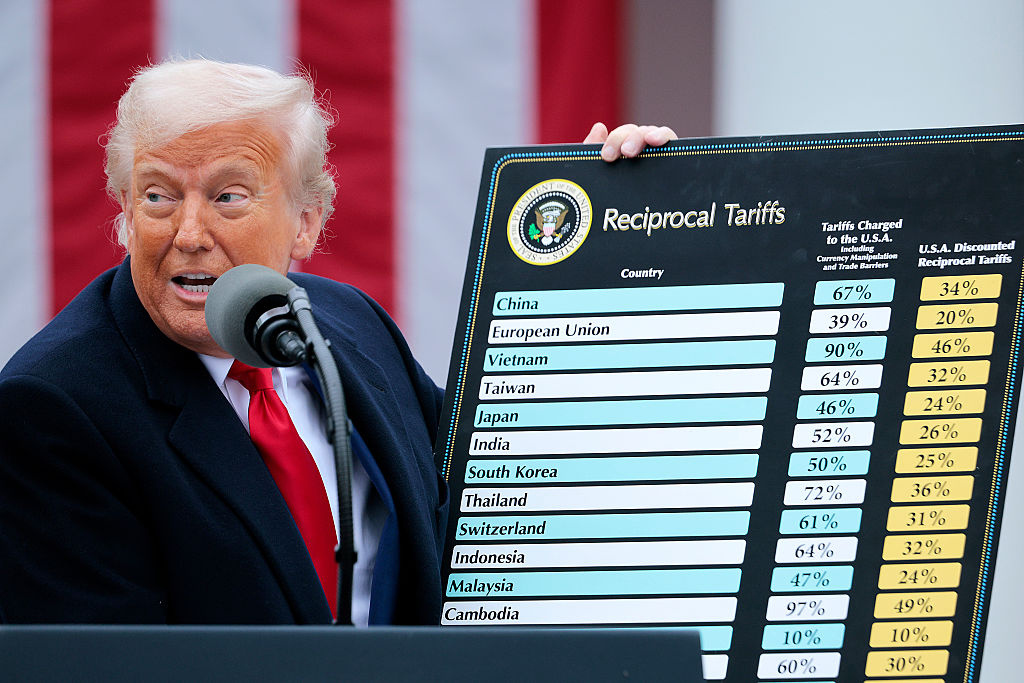
Much of the tariff confusion began when, in what he dubbed "Economic Independence Day," Donald Trump announced sweeping new reciprocal tariffs on almost all countries.
During an April 2 event in the White House Rose Garden, Trump held up a chart listing the countries, their tariff rates, and the proposed new U.S. tariff rate.
However, critics say that Trump's reciprocal tariff formula miscalculates by equating trade deficits with foreign tariff rates.
The argument is that this ignores global supply chains, currency dynamics, and consumer costs, while inviting damaging retaliation.
Auto tariffs
Trump announced a 25% tariff on all imported cars and auto parts. On May 3, tariffs went into effect on key auto parts, e.g., engines, transmissions, and electrical systems.
To reduce the impact on domestic automakers, vehicles assembled in the U.S. are eligible for partial tariff rebates of 3.75% of the vehicle’s value in the first year and 2.5% in the second. Parts already subject to steel or aluminum tariffs are exempt from this new charge.
Vehicles and parts originating from Canada and Mexico that comply with the United States-Mexico-Canada Agreement (USMCA) will initially be exempt until a system is established to levy tariffs on non-U.S. components.

Additionally, Trump has recently hinted at upcoming tariffs targeting lumber, pharmaceuticals, and other sectors.
Trump steel tariffs
On May 30, 2025, at a U.S. Steel plant near Pittsburgh, Pennsylvania, former President Donald Trump announced plans to increase tariffs on imported steel from 25% to 50%, starting June 4.
He emphasized that the higher tariff would prevent any attempts to bypass the restrictions and aimed to bolster the American steel industry.
Retaliatory measures by trade partners
Global trading partners have responded strongly to Trump's tariff policies. Though specific details on retaliation announcements are developing.
Canada and Mexico are reportedly negotiating exemptions. Canada has imposed a 25% tariff on U.S. automobiles.
Courts block, then restore Trump tariffs

On May 28, 2025, a three-judge panel at the U.S. Court of International Trade in Manhattan blocked former President Donald Trump’s sweeping “Liberation Day” tariffs, ruling that he overstepped his authority by imposing blanket tariffs on imports under emergency powers.
The ruling halted Trump’s tariffs announced on April 2, 2025, which included a 10% universal tariff on all imports, a 30% tariff on Chinese goods, and a 25% tariff on certain products from Mexico and Canada.
Update: Later on May 29, the U.S. Court of Appeals for the Federal Circuit granted an administrative stay, temporarily blocking the injunctions and reinstating most of the tariffs while the legal battle continues.
The court’s order suspends the lower courts’ injunctions at least through early June as it considers a longer-term stay request.
These legal moves leave the tariffs in place, at least for the time being. A hearing is scheduled for July 31.
This is a developing story.
Which tariffs were already paused by Trump?
On April 9, before the various court rulings, the Trump administration had temporarily suspended most new import duties for 90 days. (The 25% tariffs on some Canadian and Mexican goods, plus automobiles and imported steel and aluminum, are in place.)
The 90-day pause on reciprocal tariffs was set to expire on July 8, 2025, but has now moved to August 1.
More Tariff News
30% tariffs on EU and Mexico?
On July 12, President Trump indicated that the United States would begin enforcing a 30% tariff on goods coming from both the European Union and Mexico as of August 1.
President Trump made this announcement via letters posted on his social media, pointing to ongoing trade deficits with the EU and concerns about fentanyl entering the country from Mexico.
He also indicated that if either the EU or Mexico responds with their own trade measures, the U.S. may consider raising tariffs further.
This is a developing story.
Trump EU and Apple tariff threats
On May 23, President Trump announced plans to impose a 50% tariff on all imports from the European Union starting June 1, 2025.
Trump cited frustration over stalled trade negotiations and what he describes as unfair trade barriers and practices by the EU.
Separately, on the same day, Trump warned that Apple would face a 25% tariff on its products unless it shifts iPhone manufacturing to the U.S.
No specific timeline was given for the potential action against Apple.
US and China tariff reduction
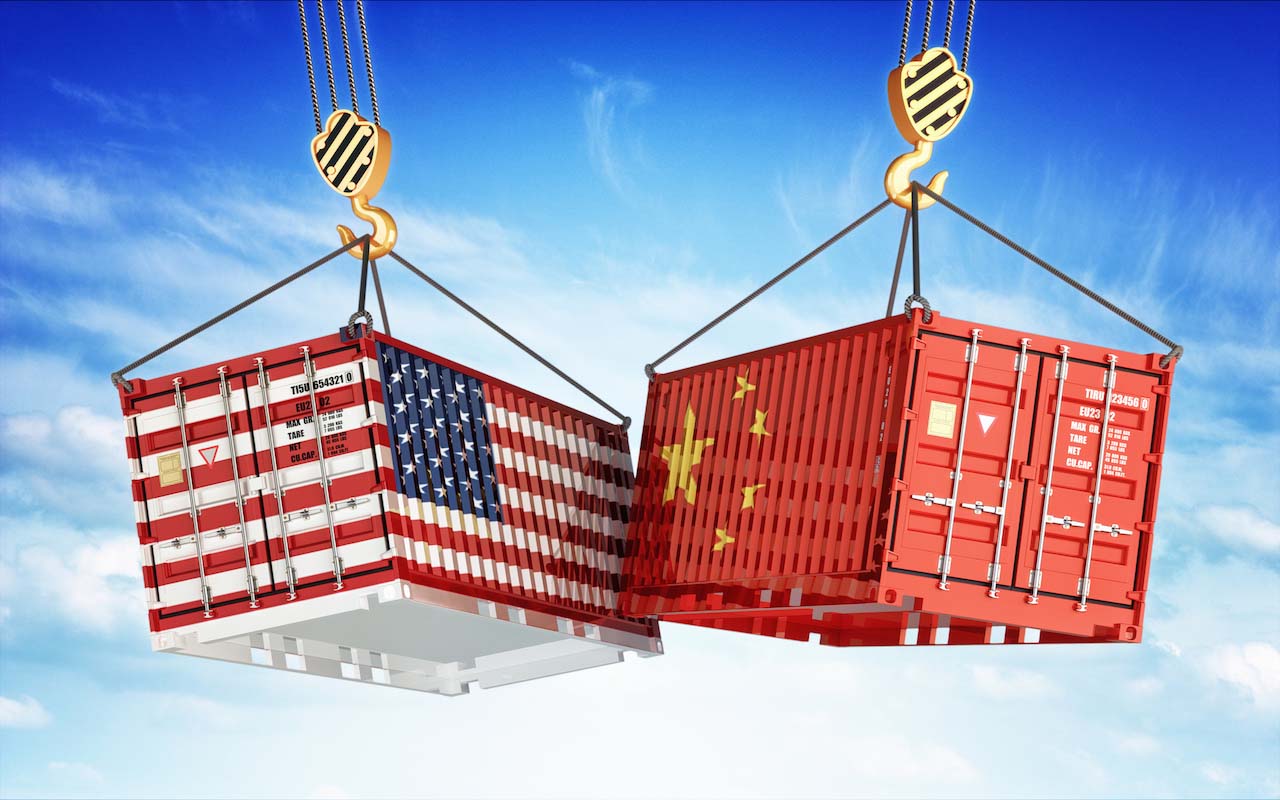
Update: The United States and China agreed to a 90-day suspension and reduction of tariffs as of May 12, 2025.
Trump trade framework with the UK
President Trump announced what he called a “landmark” trade deal with the United Kingdom on May 8, following a call with British Prime Minister Keir Starmer.
The agreement, which Trump described as “a fantastic win for American workers and British industry,” will see the U.S. lower tariffs on British steel, aluminum, and automobiles.
In return, the UK has agreed to purchase $10 billion worth of Boeing aircraft and open its market further to American agricultural exports, including beef and ethanol.
Movie tariffs?
On May 4, President Trump declared via social media that his administration would immediately begin imposing a 100% tariff on any film made outside the U.S. and imported for American audiences. The announcement lacked specifics and hasn't come to fruition. For more information, see our report: Will a New Trump Tariff Mean Higher Movie Ticket Prices in 2025?
Trump tariffs smartphones temporary exemption

The Trump administration temporarily exempted smartphones, laptops, and other electronics from its sweeping 145% tariffs on Chinese imports.
The decision, announced on April 12 by U.S. Customs and Border Protection (CBP), seems to spare critical tech products like semiconductors and flat-panel displays from high levies. The levies combine a baseline 20% tariff with a newly imposed 145% “reciprocal” tariff.
Republican push back against Trump tariffs
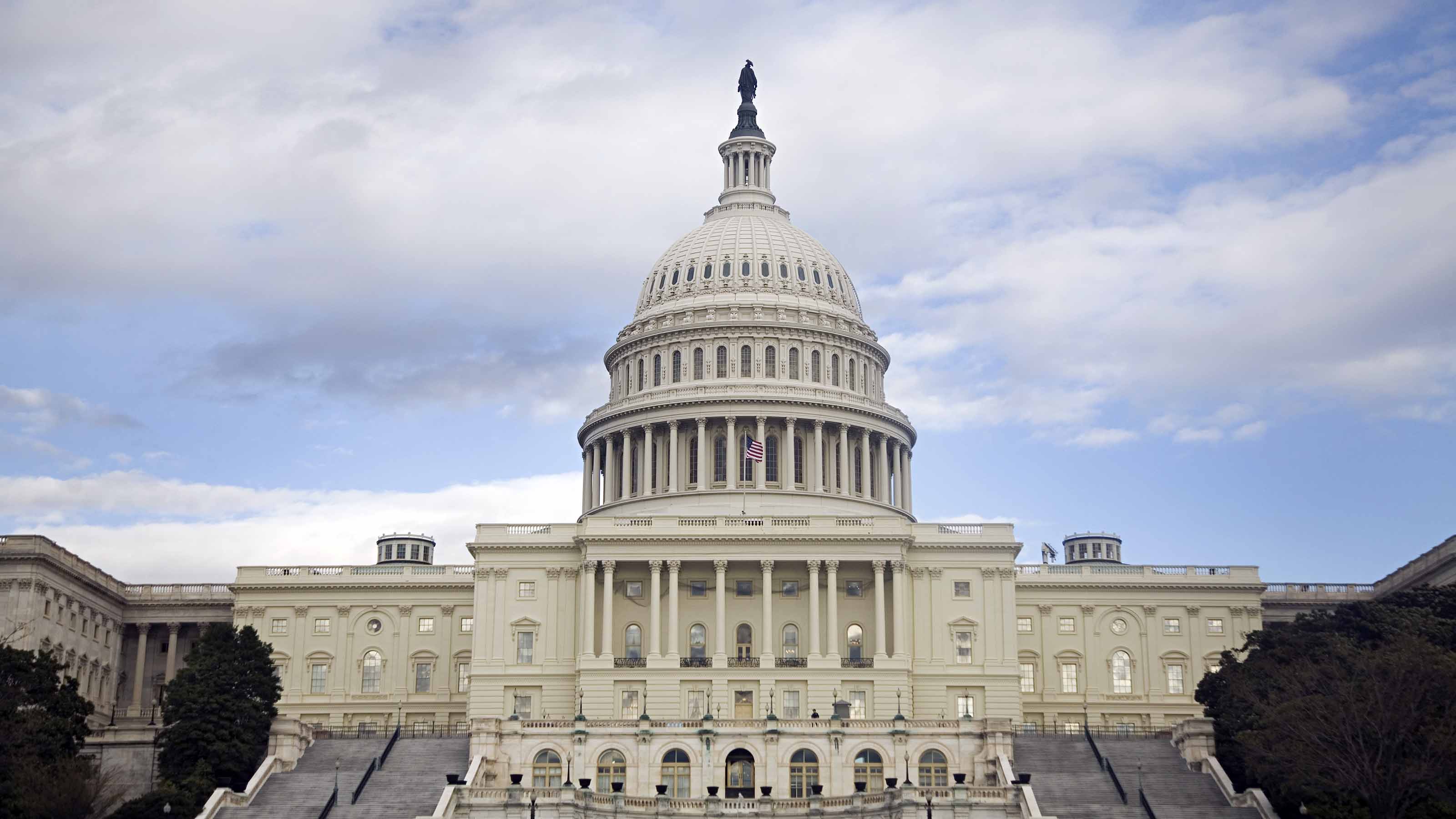
Meanwhile, some GOP lawmakers and other key voices have pushed back against Trump's tariffs.
In a CBS interview, investor and philanthropist Warren Buffett described tariffs as "an act of war, to some degree."
Trump's former Vice President, Mike Pence, posted on X (formerly Twitter), describing the tariffs as "the largest peacetime tax hike in U.S. history."
Four Republican senators joined Democratic Sen. Tim Kaine of Virginia's resolution to block Trump's tariffs on Canadian imports. In a 51-48 vote, the senators rejected the notion of a national emergency that Trump used to justify the tariffs. However, the resolution faces headwinds in the U.S. House of Representatives.
In a Fox Business interview, Sen. Ted Cruz (R-Texas) said, "I'm not a fan of tariffs," adding, "If the result is our trading partners jack up their tariffs and we have high tariffs everywhere, I think that is a bad outcome for America."
In an April interview, Sen. Rand Paul of Kentucky said, "I believe that economically, it's a misconception to think that tariffs will benefit the nation."
Pharmaceutical tariffs?
Trump has suggested he might announce tariffs on imported pharmaceuticals.
“We have to bring pharmaceuticals, drugs, and pharmaceuticals back into our country. We never want to have to rely on other countries for that,” Trump said to reporters on March 29, captured in an Associated Press video.
Trump has suggested that such tariffs could be as high as 25% and could impact pharmaceutical products from China, Europe, Canada, and Mexico. However, the exact percentage, timing, and scope remain unclear.
Tariff Product Breakdown
Here is an overview of significant tariffs currently implemented under President Trump's administration:
Trump tariffs in 2025
Category | Tariff Rate | Status |
|---|---|---|
General Imports (Most countries) | 10% | Baseline for most countries |
Steel and Aluminum | 50% | All countries, except some UK exemptions |
Auto and Auto Parts | 25% | All countries, with some USMCA/UK exemptions |
Copper | 50% (Aug 1) | All countries |
Pharmaceuticals | Up to 200% proposed | Not in effect (timeline unclear) |
| Row 5 - Cell 0 | Row 5 - Cell 1 | Row 5 - Cell 2 |
Tariff Impact
Economic impacts of Trump tariff policies: Groceries, Cars, Inflation
The economic consequences of Trump’s tariffs are becoming increasingly evident:
Automotive Industry: Some analysts estimate that the new auto tariffs could add $3,000 to the cost of U.S.-manufactured vehicles and $6,000 to those made in Canada or Mexico without exemptions. Production output could drop by as much as 30%, equating to a reduction of approximately 20,000 vehicles per day.
Inflation Concerns: Economists warn that higher tariffs could exacerbate inflation as manufacturers pass increased costs onto consumers.
As reported by Kiplinger, tariffs function as taxes on imports, which raise prices for goods like electronics, clothing, and food, disproportionately affecting lower-income households and reducing purchasing power.
According to the Yale Budget Lab, these higher costs could lead to slower GDP growth, with estimates suggesting a 0.6% reduction in 2025 and long-term economic losses equivalent to $80–110 billion a year.
Employment: While some sectors, like steel manufacturing, have seen job growth, others that rely on imported components face layoffs and reduced production capacity.
Additionally, some businesses are reportedly scaling back hiring and investment plans due to uncertainty and increased operational expenses.
Trade War: Bottom Line
Tariffs: What's next?
Here are some things to watch as the trade wars continue.
- The Trump administration may use tariff threats as leverage in bilateral talks with trading partners like Canada and Mexico under the USMCA framework and with other countries in hopes of negotiating individual trade deals.
- Industries like pharmaceuticals and lumber could face tariffs.
- Due to President Trump's tariff policies, U.S. consumers will face higher prices on a wide range of goods.
Automobiles may become significantly more expensive, with new car prices rising by thousands of dollars and repair costs increasing due to tariffs on imported parts.
Furniture, electronics, household items from China, fresh produce from Mexico, and steel-based products are also expected to see price hikes as import duties take hold.
These tariffs (and retaliatory measures expected from key trading partners) are also projected to contribute to inflation, making everyday goods more costly for U.S. households. Stay tuned.
This article has been updated to reflect recent announcements regarding Trump tariff poliy.
Related
- What Are Tariffs and Who Pays?
- Trump Tariffs on Canada, Mexico to Spike Food, Gas Prices
- Which States Will Be Hardest Hit By Trump's Tariffs?
Profit and prosper with the best of Kiplinger's advice on investing, taxes, retirement, personal finance and much more. Delivered daily. Enter your email in the box and click Sign Me Up.

As the senior tax editor at Kiplinger.com, Kelley R. Taylor simplifies federal and state tax information, news, and developments to help empower readers. Kelley has over two decades of experience advising on and covering education, law, finance, and tax as a corporate attorney and business journalist.
-
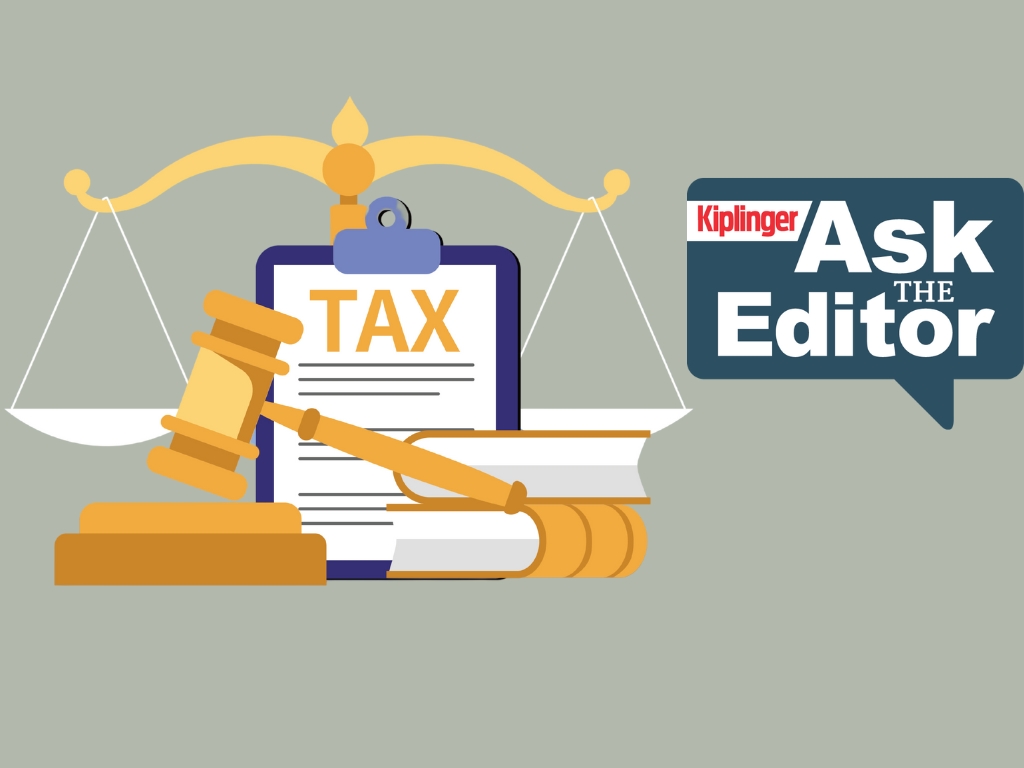 Ask the Editor — Tax Questions on the New Senior Deduction
Ask the Editor — Tax Questions on the New Senior DeductionAsk the Editor In this week's Ask the Editor Q&A, we answer tax questions from readers on the new $6,000 deduction for taxpayers 65 and older.
-
 These Summer 2025 Back-to-School Tax-Free Weekends Start Now
These Summer 2025 Back-to-School Tax-Free Weekends Start NowSales Tax Over a dozen states offer back-to-school shoppers a sales tax holiday this summer.
-
 Why Your Summer Budget Feels Tighter: Tariffs Push Up Inflation
Why Your Summer Budget Feels Tighter: Tariffs Push Up InflationTariffs Your summer holiday just got more expensive, and tariffs are partially to blame, economists say.
-
 Five Big Beautiful Bill Changes and How Wealthy Retirees Can Benefit
Five Big Beautiful Bill Changes and How Wealthy Retirees Can BenefitHere's how wealthy retirees can plan for the changes in the new tax legislation, including what it means for tax rates, the SALT cap, charitable giving, estate taxes and other deductions and credits.
-
 Parents Prepare: Trump's Megabill Brings Three Crucial Tax Changes
Parents Prepare: Trump's Megabill Brings Three Crucial Tax ChangesTax Changes Are you a parent? The so-called ‘One Big Beautiful Bill’ (OBBB) impacts several key tax incentives that can affect your family this year and beyond.
-
 ‘I Play Pickleball in Retirement.’ Is It HSA-Eligible?
‘I Play Pickleball in Retirement.’ Is It HSA-Eligible?Retirement Tax Staying active after you retire may be easier with these HSA expenses. But there’s a big catch.
-
 Amazon Prime Day Deals? Sales Tax and Tariffs Can Increase Your Total Price
Amazon Prime Day Deals? Sales Tax and Tariffs Can Increase Your Total PriceSales Tax Amazon Prime Day 2025 can offer some opportunities to save, but this year, taxes and tariffs matter.
-
 What to Know About New Medicaid Cuts: Is Your Local Hospital Closing Soon?
What to Know About New Medicaid Cuts: Is Your Local Hospital Closing Soon?Tax Policy Trump’s ‘One Big Beautiful Bill’ is now law, and rural hospitals across the U.S. are on the chopping block.
-
 Electric Car Owners Can’t Avoid Road Taxes in 2025
Electric Car Owners Can’t Avoid Road Taxes in 2025New Taxes Hawaii launched its new EV road usage fee in July. Here’s why some states are implementing similar new electric vehicle taxes across the nation.
-
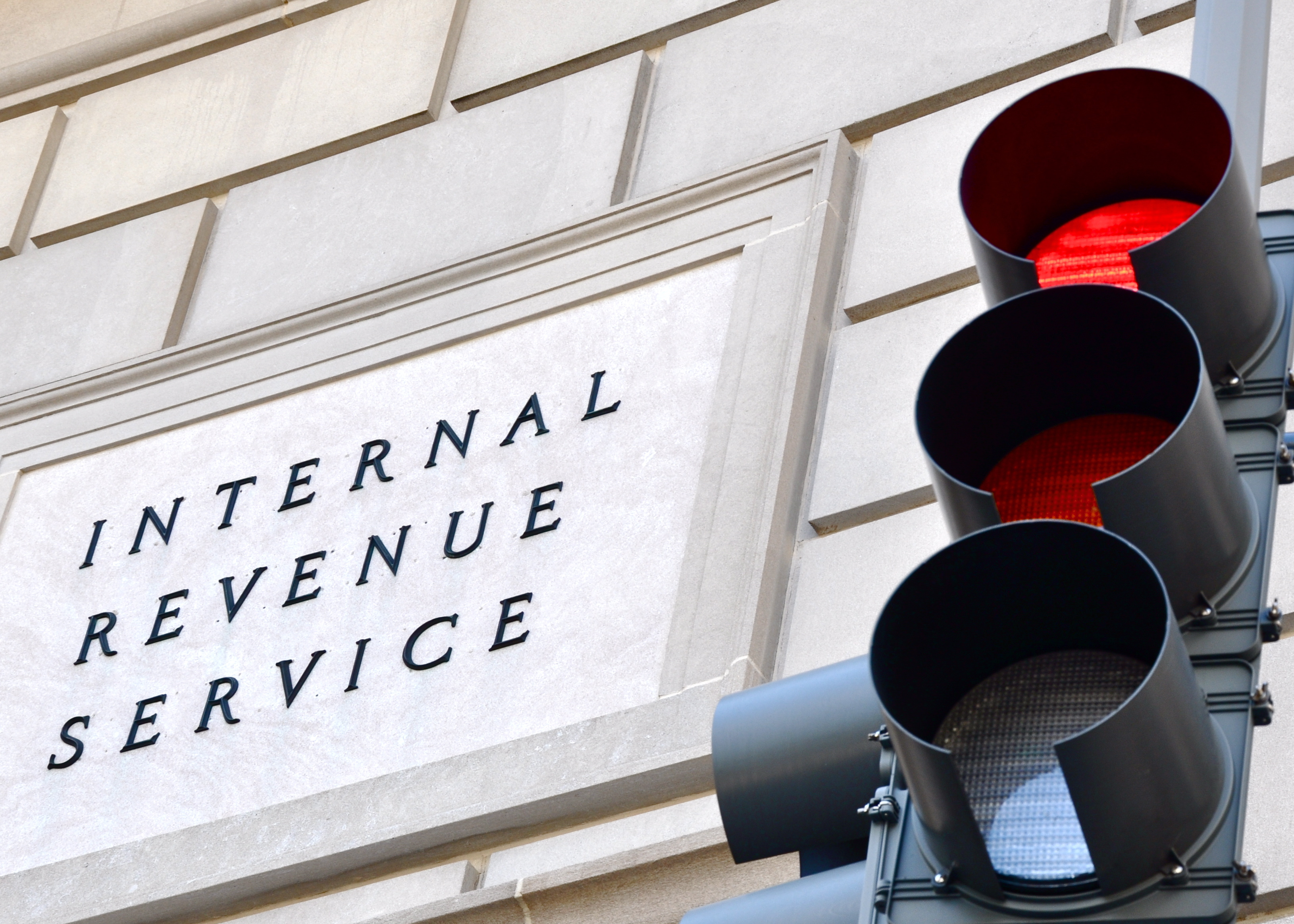 IRS Watchdog: Three Problems the IRS Must Address in 2025
IRS Watchdog: Three Problems the IRS Must Address in 2025IRS The tax season is over, but new changes to the IRS can pose risks to your taxpayer experience.